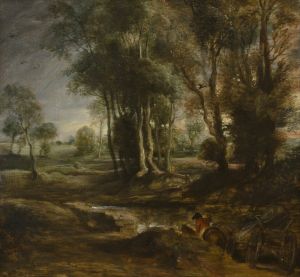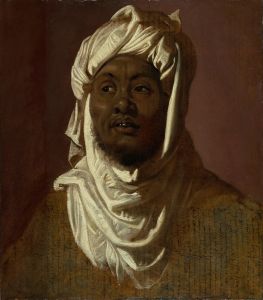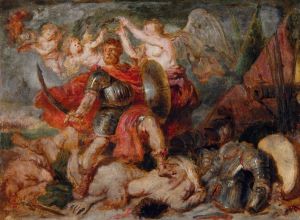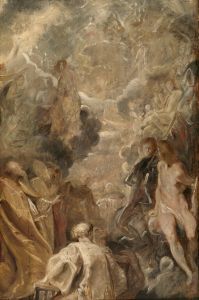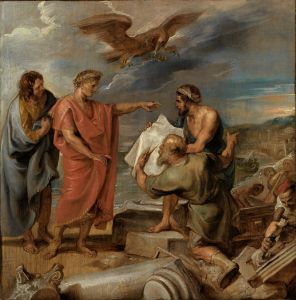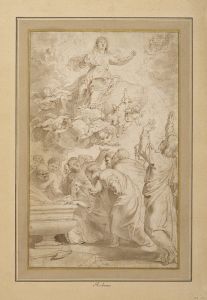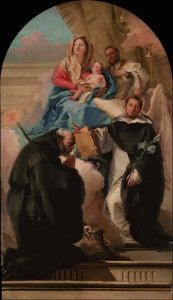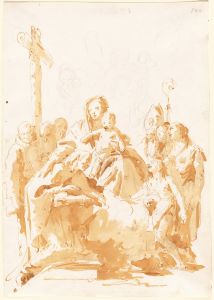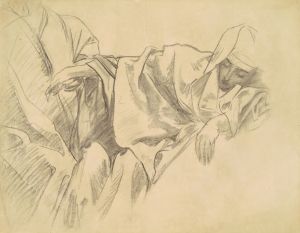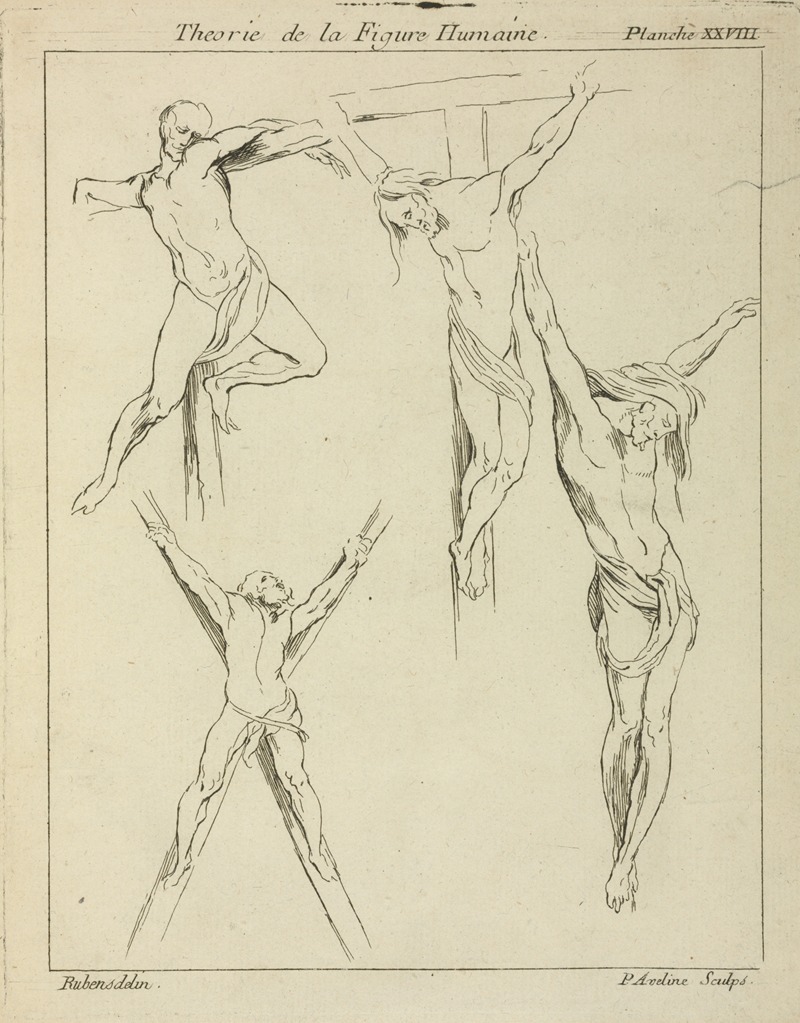
Four studies of crucified figures
A hand-painted replica of Peter Paul Rubens’s masterpiece Four studies of crucified figures, meticulously crafted by professional artists to capture the true essence of the original. Each piece is created with museum-quality canvas and rare mineral pigments, carefully painted by experienced artists with delicate brushstrokes and rich, layered colors to perfectly recreate the texture of the original artwork. Unlike machine-printed reproductions, this hand-painted version brings the painting to life, infused with the artist’s emotions and skill in every stroke. Whether for personal collection or home decoration, it instantly elevates the artistic atmosphere of any space.
Peter Paul Rubens, one of the most prominent Flemish Baroque painters, is known for his dynamic compositions, vivid use of color, and masterful depiction of the human form. Among his extensive body of work, Four Studies of Crucified Figures is a notable example of his preparatory studies, showcasing his meticulous approach to capturing human anatomy and emotion.
This artwork consists of four separate studies of male figures in various poses of crucifixion. The figures are depicted with dramatic tension, emphasizing the physical strain and emotional suffering associated with the act of crucifixion. Rubens’ use of chiaroscuro—contrasting light and shadow—enhances the three-dimensionality of the figures, giving them a lifelike quality. The studies are rendered with a combination of precision and fluidity, characteristic of Rubens’ preparatory works.
The purpose of these studies was likely to serve as preparatory sketches for a larger composition or altarpiece. Rubens often created such studies to refine his understanding of anatomy, posture, and the interplay of light and shadow before committing to a final painting. These sketches demonstrate his deep knowledge of the human body, influenced by his studies of classical sculpture and Renaissance art.
The exact date of creation for Four Studies of Crucified Figures is not definitively known, but it is believed to have been produced during Rubens’ mature period, when he was at the height of his artistic powers. This period was marked by his prolific output of religious, mythological, and historical works, many of which were commissioned by churches, aristocrats, and royalty across Europe.
The medium of the studies is oil on paper, mounted on canvas, a technique Rubens frequently employed for his preparatory works. This allowed him to experiment with composition and detail while maintaining a level of permanence in his sketches. The dimensions of the work are relatively modest, reflecting its function as a study rather than a finished piece.
Today, Four Studies of Crucified Figures is housed in the Louvre Museum in Paris, where it is part of the museum’s extensive collection of Rubens’ works. It is admired not only for its technical brilliance but also for the insight it provides into Rubens’ creative process and his ability to convey profound emotion through the human form.
This artwork remains an important example of Rubens’ dedication to his craft and his ability to merge technical skill with expressive power, solidifying his reputation as one of the greatest artists of the Baroque era.






